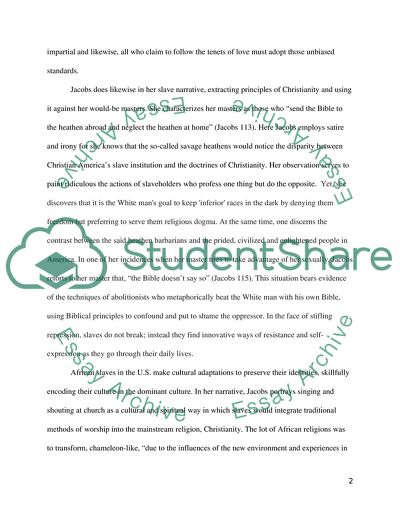Cite this document
(“Gendered Views of Slavery with Examples of Two Books Book Report/Review”, n.d.)
Gendered Views of Slavery with Examples of Two Books Book Report/Review. Retrieved from https://studentshare.org/literature/1772206-harriet-jacobs-incidents-in-the-life-of-a-slave-girl
Gendered Views of Slavery with Examples of Two Books Book Report/Review. Retrieved from https://studentshare.org/literature/1772206-harriet-jacobs-incidents-in-the-life-of-a-slave-girl
(Gendered Views of Slavery With Examples of Two Books Book Report/Review)
Gendered Views of Slavery With Examples of Two Books Book Report/Review. https://studentshare.org/literature/1772206-harriet-jacobs-incidents-in-the-life-of-a-slave-girl.
Gendered Views of Slavery With Examples of Two Books Book Report/Review. https://studentshare.org/literature/1772206-harriet-jacobs-incidents-in-the-life-of-a-slave-girl.
“Gendered Views of Slavery With Examples of Two Books Book Report/Review”, n.d. https://studentshare.org/literature/1772206-harriet-jacobs-incidents-in-the-life-of-a-slave-girl.


